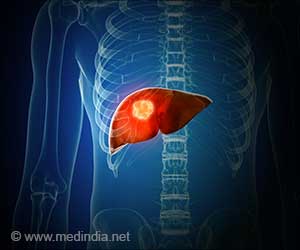A group of engineers has recently emerged from its robotics lab to field-test its latest creation: a surgical robot to deploy in far-flung places, with doctor commanding from a remote control console.
At the University of Washington, in Seattle, a group of engineers has recently emerged from its robotics lab to field-test its latest creation: a surgical robot to deploy in far-flung places, with a doctor commanding it from a remote control console.
Military groups all over the world have long been interested in remote surgery. On the battlefield, medical response time often decides who lives and who dies. A recent study of combat casualties found that in nearly two-thirds of fatal battlefield injuries, death comes within 30 minutes. There's precious little time to perform even simple life-saving procedures, such as controlling bleeding.Surgical robots offer a tantalizing possibility. They would allow military doctors, stationed safely distant from the front line, to perform operations without once putting their hands on patients. Medical vehicles equipped with such remote-controlled robots could get surgical care to soldiers in a lot less time than it would take to evacuate them to the nearest base or hospital.
For that vision to become reality, however, surgical robots need plenty of improvement. One challenge is designing systems that can work under conditions very different from those of pristine operating rooms. Another challenge is the reliable transmission of the surgeon's commands to a system often moving in desolate places.
The University of Washington's surgical robot was designed to overcome those two challenges. In an article in the October 2006 issue of IEEE Spectrum, the project's leaders, Jacob Rosen and Blake Hannaford, co-directors of the university's BioRobotics Lab, discuss how they designed and built their compact and rugged surgical bot.
Surgeons have remotely commanded a surgical robot before, even with real patients under the robot's scalpel. But those setups relied on dedicated, wired communications channels, and they took place in air-conditioned and spotless operating rooms. This past summer, the University of Washington group, along with a team of surgeons, aerospace engineers, and networking experts, tested their robot at an isolated site north of Simi Valley, Calif. In the trial, instructions from a surgeon were transmitted to the robot wirelessly, via an unmanned aircraft.
Rosen and Hannaford say their system is one of a new generation of surgical robots that may one day bring advanced medical care not only to soldiers but also to people in remote locations lacking specialized physicians. Disaster relief, too, could be revolutionized, they say. The hope is that in the not-so-distant future, fleets of ambulances or helicopters equipped with surgical robots would rush to disaster-stricken areas, allowing faraway doctors to save limbs and lives.
Advertisement
SRM





